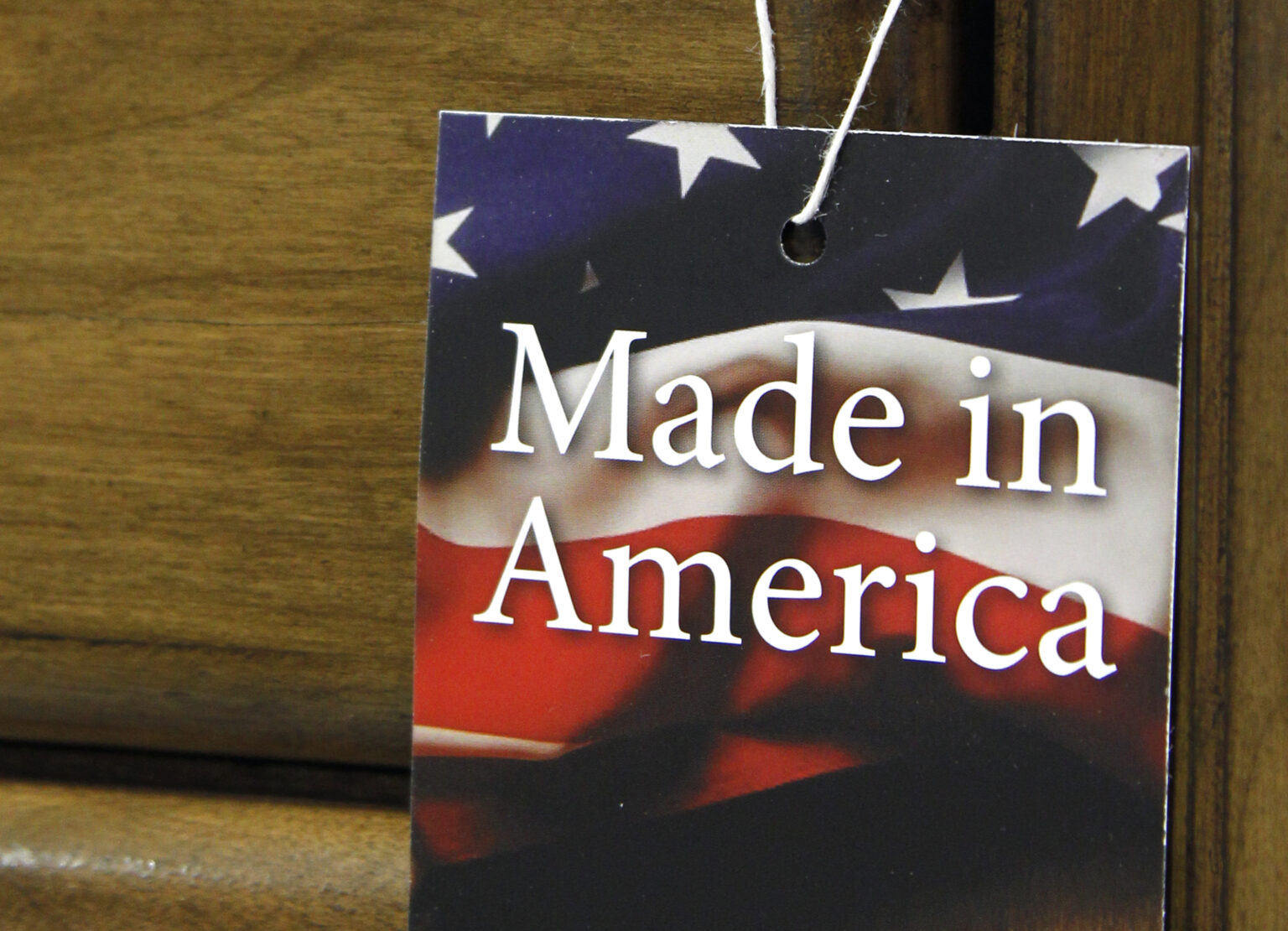An entrepreneur has conducted an experiment to determine whether customers will pay significantly higher prices for goods purely because they are “made in America.”
For the experiment, Raymon van Meer, who pitched his health-monitoring cat litter Genius Litter on Season 15 of Shark Tank, sold two identical showerheads on Afina.com, another company he founded. One of these was manufactured in China and priced at $129, while the other was from a U.S. supplier and cost $239, in line with the jump in production costs he said this move would result in.
“The results were brutal,” van Meer posted to X on Thursday. “0 customers bought the US version. Add-to-cart rate for US version was less than 1%. Over 3,500 bought the Asia-made version.”
Why It Matters
Alongside balancing what it views as harmful and unfair trade imbalances, bringing manufacturing back to America has been central to the Trump administration’s rationale for the tariffs. By reducing the competitiveness of foreign companies exporting to the U.S., it argues the demand for American-made products will rise and trigger a renaissance for domestic industry, with the high import taxes also serving as a source of income for the government.
However, one of the central questions regarding President Donald Trump’s tariffs has been whether Americans will be willing or able to stomach the anticipated price increases tariffs will cause, as well as whether bringing manufacturing back to the U.S. is feasible considering the potential costs for companies themselves.
What To Know
According to a summary of the experiment posted to Afina’s website, the only difference between the two products besides their pricing was the “made in Asia” and “Made in USA” tags. The company included a disclaimer under the US-made product that said: “The quality is identical regardless of where the shower head is manufactured,” and that the it still sourced certain components from other countries.
Afina conducted the experiment using its bestselling model, which is manufactured in China and Vietnam, two of the countries hit hardest by the president’s tariff announcements. On April 2—”Liberation Day”—President Trump revealed that Vietnam would be subject to a 46-percent “reciprocal” tariff on its imports, due to what the administration had calculated as Vietnam’s own, 90-percent tariff charged on U.S. goods.
Most of the reciprocal tariffs have been placed on a 90-day pause as of April 9, but not those on China, which the administration says will allow for the countries to approach the U.S. to work out more mutually favorable terms of trade. On Wednesday, Vietnamese trade minister Nguyen Hong Dien spoke with U.S. Trade Representative Jamieson Greer, Reuters reported, with both countries signaling their intention to engage in negotiations in the near future.
China, meanwhile, has been subject to an increasingly high level of tariffs on its imports, now at 145 percent. According to the administration, these will combine with existing duties, potentially pushing total tariffs for certain products as high as 245 percent.
“Our bestselling model—manufactured in Asia (China and Vietnam)—sells for $129,” Afina posted to its website. “But this year, as tariffs jumped from 25% to 170%, we wondered: Could we reshore manufacturing to the U.S. while maintaining margins to keep our lights on?
However, the company said that shifting to a U.S.-based supplier to conduct the experiment led to a per-unit production cost nearly three times the original.
According to recent AP-NORC poll, 76 percent of U.S. adults think Trump’s tariffs will raise the cost of consumer goods. However, 50 percent believe that these will increase manufacturing in the U.S., compared to the 22 percent who think these will reduce manufacturing and 26 percent who think it will have no effect. Opinions on the labor market impact are split, with 40 percent and 38 percent thinking these will increase or decrease American jobs, respectively.
Some estimates have already suggested that should the tariffs remain in place, American households could see their yearly costs rise by an average of $4,900. Experts also credited last month’s rising retail sales to consumers “stocking up” on products in anticipation of the tariffs’ impending price effects.
What People Are Saying
Raymon van Meer, via X: “We want to bring back domestic manufacturing. But when consumers face the actual price tag—they didn’t. It’s not because they don’t care. I think it is because most people are not willing to pay the premium (yet).”
Showerhead manufacturer Afina, in a blog posted to its website, wrote: “We wanted to believe customers would back American labor with their dollars. But when faced with a real decision—not a survey or a comment section—they didn’t.
“It’s not their fault. Most people are stretched. They’re feeling inflation everywhere: gas, groceries, mortgages. ‘Supporting U.S. manufacturing’ becomes a luxury most can’t afford—even if they want to.”
President Trump, in his joint address to Congress in early March, said: “Tariffs are not just about protecting American jobs. They’re about protecting the soul of our country. Tariffs are about making America rich again and making America great again. And it’s happening, and it will happen rather quickly.”
What Happens Next?
Trump’s reciprocal tariffs have been paused for all countries besides China for 90-days as of April 9, and the administration says over 75 nations have already approached the U.S. in the hopes of negotiating down their duties during this window.
While China has been resolute in opposing American economic pressures, imposing retaliatory tariffs of its own on American goods alongside export controls on rare earths, rhetoric between the two nations has softened in recent days. At a White House news conference earlier this week, Trump said that the tariffs on China will “come down substantially, but it won’t be zero,” and that he would be “very nice” to Beijing.
China, meanwhile, has removed certain tariffs on imports of semiconductor and integrated circuit products from the U.S.
Read the full article here

